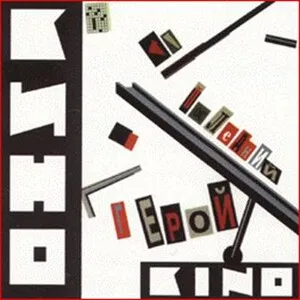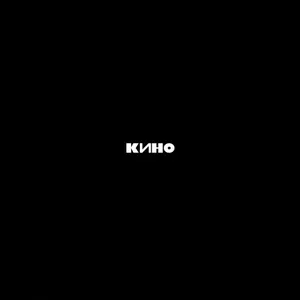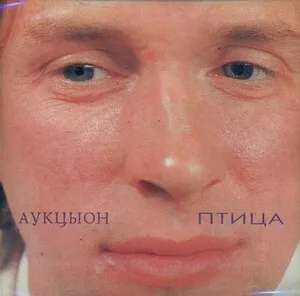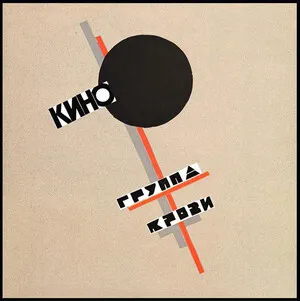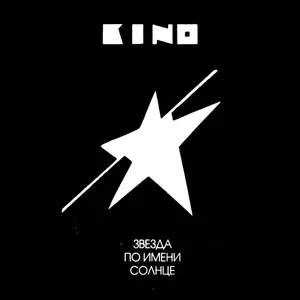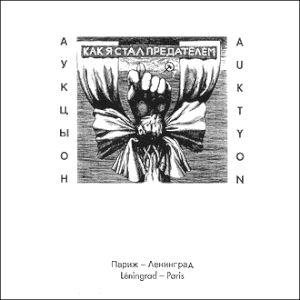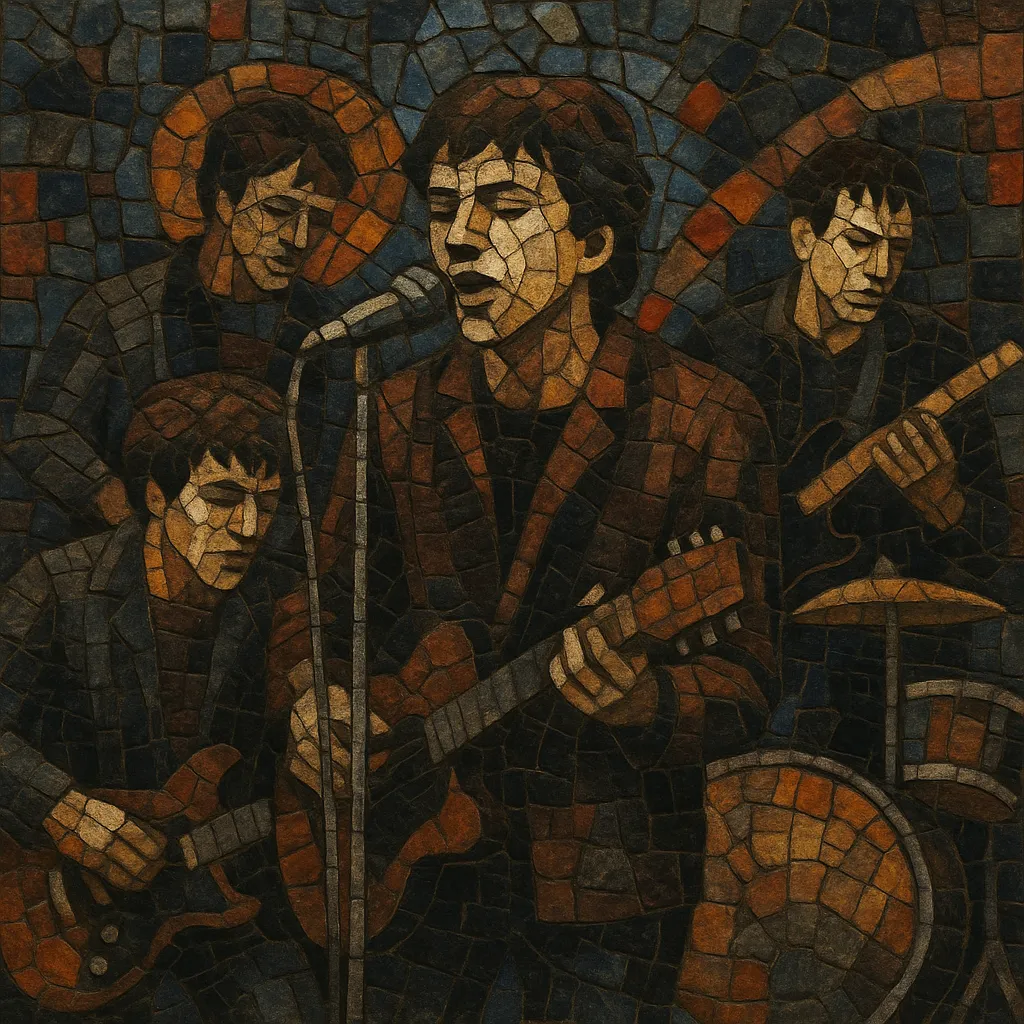
The Leningrad Rock Club scene refers to the network of bands, artists, producers, and audiences centered around the Leningrad Rock Club (founded in 1981 in Leningrad, USSR). Operating under state oversight yet pushing cultural boundaries, it became the most prominent focal point for Soviet rock during the 1980s.
Musically, the scene blended post-punk, new wave, art rock, folk-rock, progressive and hard rock, with occasional reggae and psychedelia. Because of censorship, equipment scarcity, and volume restrictions, performances often emphasized clear songcraft, literate Russian-language lyrics, and tight, economical arrangements over virtuoso showmanship or extreme sonics. Allegory and metaphor were used to navigate censorship, producing a poetic, introspective tone that still felt rebellious and fresh.
The club incubated acts that went on to national and international recognition, and it played a crucial role in the broader legalization, professionalization, and popularization of rock music across the Soviet Union during perestroika and glasnost.
The Leningrad Rock Club was established in 1981 as an officially sanctioned venue where rock groups could perform within regulated parameters. Membership auditions, lyric vetting, and performance approvals were common, reflecting the broader Soviet system of censorship. Despite constraints, the club offered a rare public platform for rock and became a meeting point for musicians, writers, and visual artists.
Early on, the sound reflected an eclectic synthesis: post-punk and new wave rhythms, art-rock ambition, folk-poetic lyricism, and the rebellious edge of punk and hard rock. DIY recording via magnitizdat (home-dubbed cassettes) and semi-clandestine studio work (e.g., under producers like Andrei Tropillo) circulated music beyond official channels.
By the mid-1980s, annual club festivals showcased a growing roster of bands, drawing larger audiences and critical attention. The combination of literate Russian lyrics and modern rock idioms resonated strongly with youth, while the club’s gatekeeping offered a limited but crucial legitimacy. Groups honed tight live sets adapted to modest amplification and strict time slots, refining a distinctive aesthetic of clarity, poetry, and urgency.
After 1985, glasnost and perestroika loosened cultural controls. Bands like Kino, Aquarium, Alisa, Televizor, Piknik, Auktyon, AVIA, Sekret, and the Leningrad-era DDT rapidly expanded their following through tours, official releases, and state TV appearances. The scene’s signature—introspective yet anthemic songs, metaphor-rich commentary, and disciplined arrangements—became a national voice for a changing society.
Kino’s ascent (e.g., “Gruppa krovi”) symbolized rock’s mainstream entry across the USSR. Tragedy and transition followed (including Viktor Tsoi’s death in 1990), but the club’s role in professionalizing Soviet rock was indelible.
With the dissolution of the USSR, the Leningrad Rock Club’s institutional role faded, yet its alumni and aesthetics seeded subsequent waves of Russian rock, indie, and experimental music. The scene’s emphasis on poetic Russian lyrics, lean arrangements, and post-punk/new wave frameworks informed the 1990s St. Petersburg “Novaya Scena” and remains a touchstone for later revivalists and nostalgic currents.

